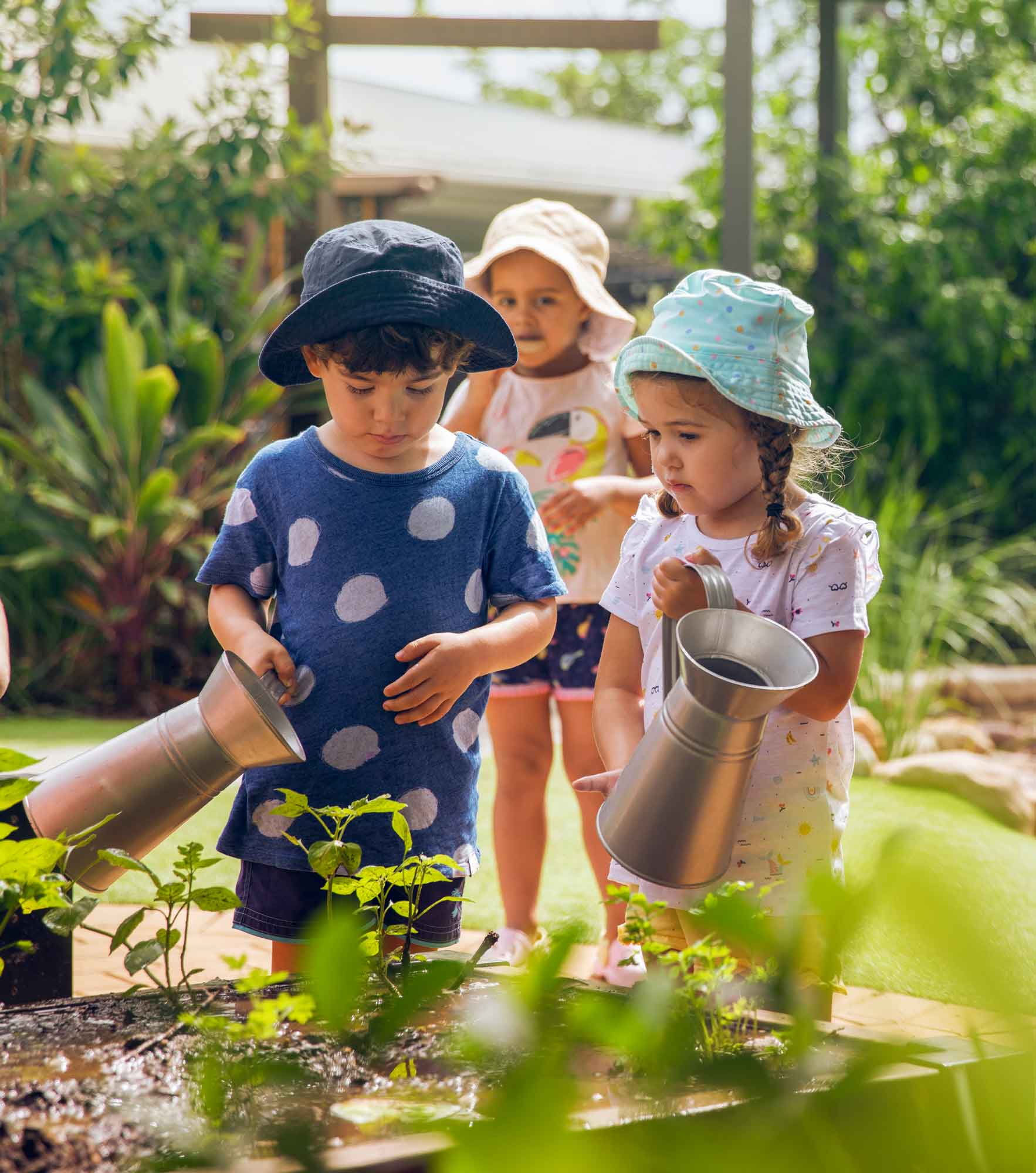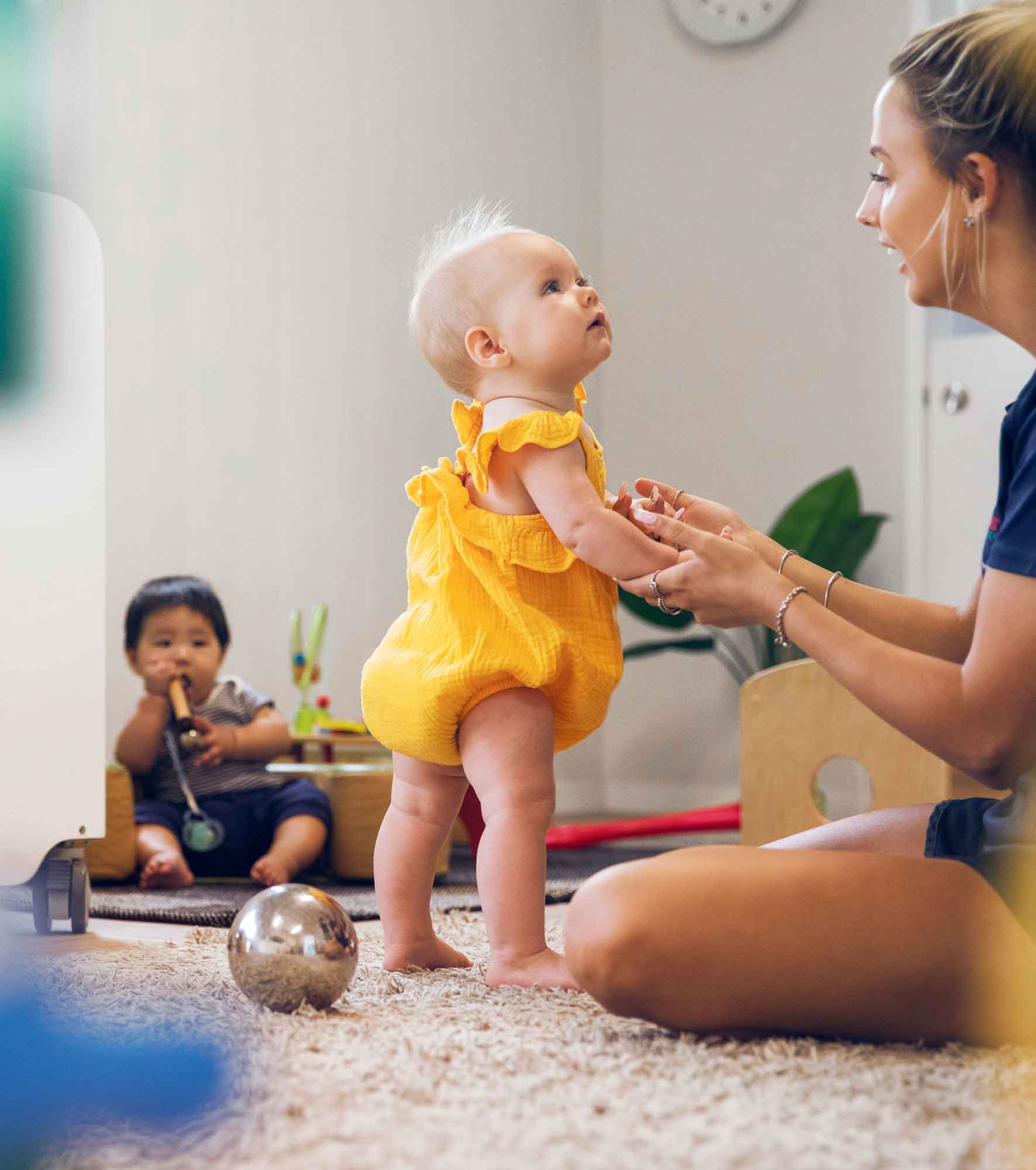Early Learning Advice
5 Nature-Based Learning Ideas

Here at Journey, we encourage children to experiment, explore and appreciate the natural environment. Our programs are designed for nature-based and play-based learning, with real mud, plants, water and rocks. This means children get messy, dig in the dirt and play in the gardens. Here are some ideas you can also try at home with your little adventurers.
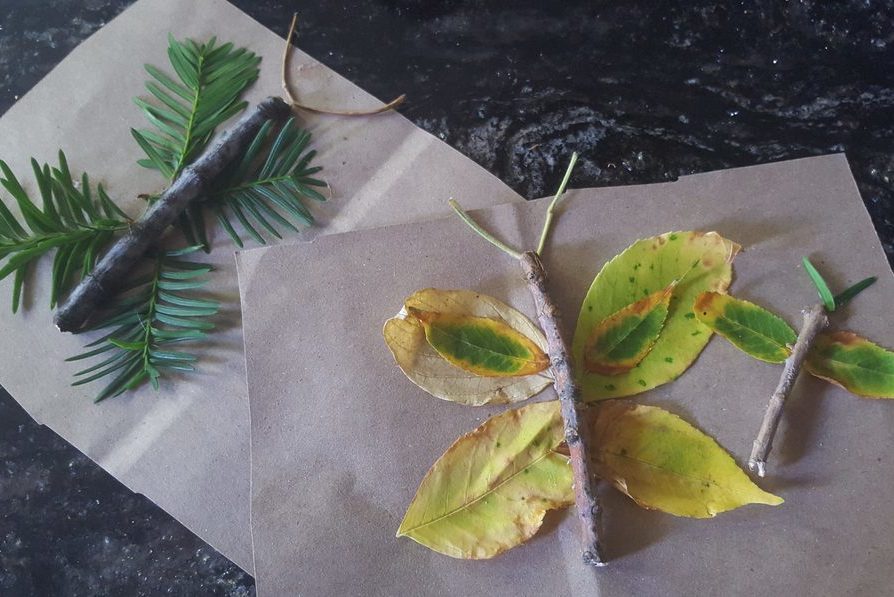
Nature Butterflies
Age Group: 3 – 5 years
Materials needed
Natural Materials from the garden
- Different coloured leaves
- Bark
- Rocks
- Sticks
- Dried leaves
Paper
Optional:
- PVA glue
- Pen, pencils and/or textas
- Scissors
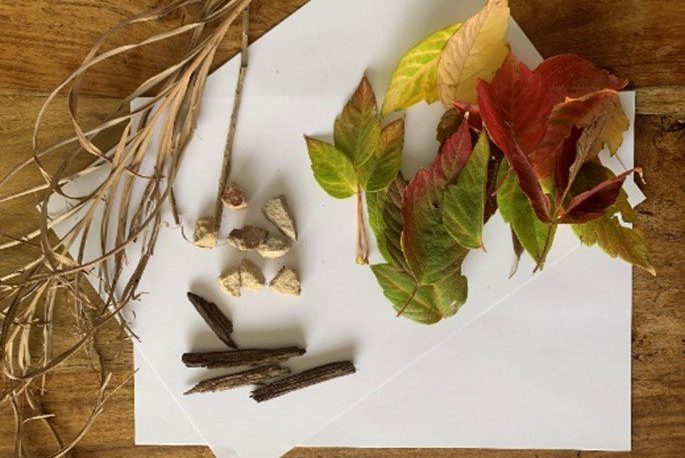
Method
- Use the different coloured leaves by placing them down either side of the paper to form wings, grouping ends to the middle. Optional: use scissors to cut the leaves to shape the them.
- Place bark in the centre of the leaves to form the body.
- Use dried leaves or small thin sticks for antennas.
Optional:
- Use glue to paste each element down onto the paper as a keepsake.
- Decorate the paper to show its environment.
Participation Questions
- Why are leaves different colours? What colours can you see?
- Can you tell me the parts of a butterfly?
- Where do they come from?
- What other insects, or animals can you create with natural materials from the garden?
Is there anything around the house you can use to make a butterfly? If so, show me.
Benefit of Nature-based Learning
- Fine Motor: Children grasp and use their finer muscles in their fingers and hands for placement and movement of objects.
- Creativity: Children explore their creativity and imagination while making.
- Sustainability: Children learn to be resourceful with looking to nature for inspiration, where the materials used can be returned.
- Self-esteem: The children feel a sense of accomplishment.
Early Years Learning Framework Links
- Community: Children become socially responsible and show respect for the environment in resourcing from nature.
- Wellbeing: Children take increasing responsibility for their own health and physical wellbeing, in exercising their fine motor skills as well as being outside to source materials. Learning: Children develop dispositions for learning such as creativity, and imagination.
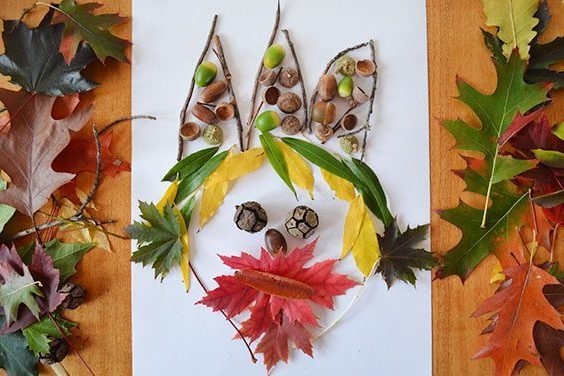
Nature Pasting
Age Group: 2 – 3 years
Materials needed
- Glue (alternative flour/water)
- Natural materials from the garden (leaves, flowers, sticks)
- Paper
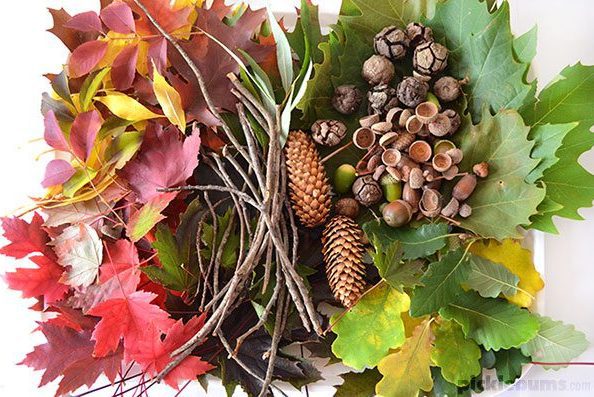
Method
- Invite your child to join you and go out into the garden to collect some natural materials.
- In a small bowl mix flour and water to make a paste.
- Using the glue, paste down the natural materials onto the paper.
- Create your masterpiece.
Participation Questions
- What kind of things do you think we can find in the garden to use for pasting?
- What did you find in the garden?
- Tell me about your picture?
Benefit of Nature-based Learning
This experience will;
- Encourage your child’s fine motor skills
- Get your child out connecting with nature.
Early Years Learning Framework Links
- Children relate to and contribute to their world
- Children are confident and involved learners.
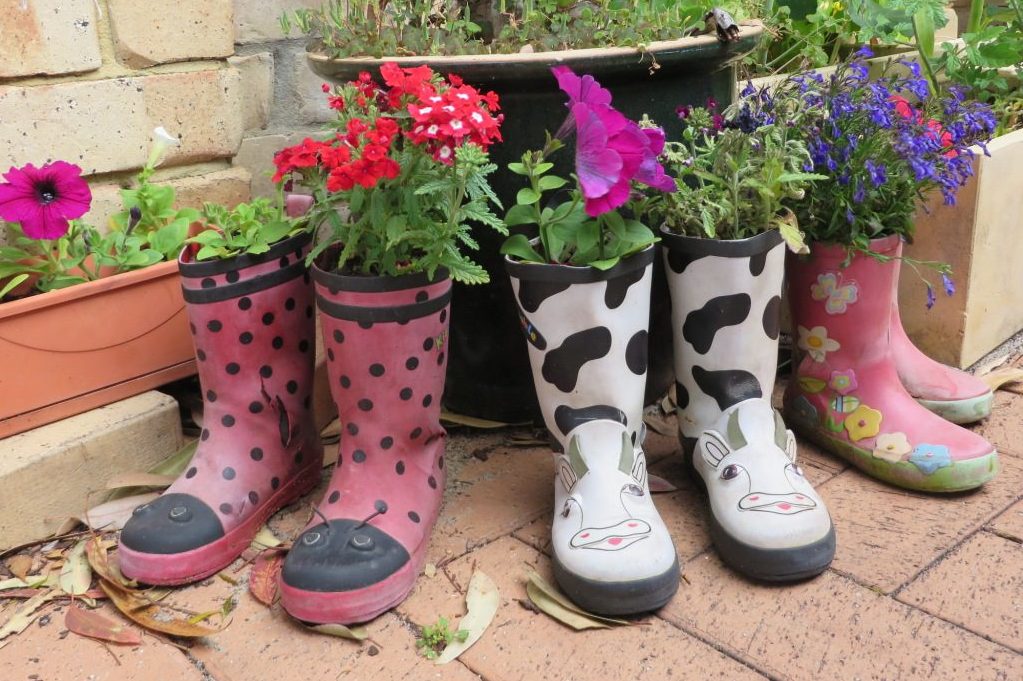
Gumboot Plants
Age Group: 2 years – 3 years
Materials needed
- Old gumboots
- Potting mix
- Sturdy all-weather plants
- Vegetable seeds
- Herbs
- Hand spade
- Watering can/hose

Method
- Punch some holes in the bottom of the gumboots for drainage
- Choose the plants
- Purchase some potting mix if you don’t have enough soil available in your garden. When using potting mix please remember:
- Purchase a product that complies with the Australian Standard (AS 3743);
- Read the manufacturer’s instructions before using the product;
- Wear a dust mask that fits over the nose and mouth;
- Dampen the mix with a light spray of water;
- Always wear gloves when handling potting mix;
- Provide children with adequate fitting gloves;
- Wash hands thoroughly with soap and water after use; and
- Store the potting mix securely away from children.
- Set all the materials you are going to need up near where you want the gumboots to live so you don’t have to move them around too much
- Ensure everyone has gardening gloves on
- Empty potting mix into the gumboots
- Dig a hole that is big enough for what you are planting
- Put the plant in the hole and cover with dirt
- Give a light water now and once a day
Participation Questions
- Explain the process that you are undertaking as you pot the plant
- Why do you think plants need soil and water?
- What else do you think plants need to grow?
- What do you think we need to do every day to look after our plants?
Benefit of Nature-based Learning
- Science and nature when exploring plants.
- Math skills when counting scoops of dirt.
- They will be exposed to reading, writing, and drawing through stories, books, and activities, such as creating a garden journal.
- Social skills will be supported by working with other children and adults.
Early Years Learning Framework Links
- Children feel safe and supported.
- Children become socially responsible and show respect for the environment.
- Children develop a range of skills and processes such as problem solving, inquiry, experimentation, hypothesising, researching and investigating.
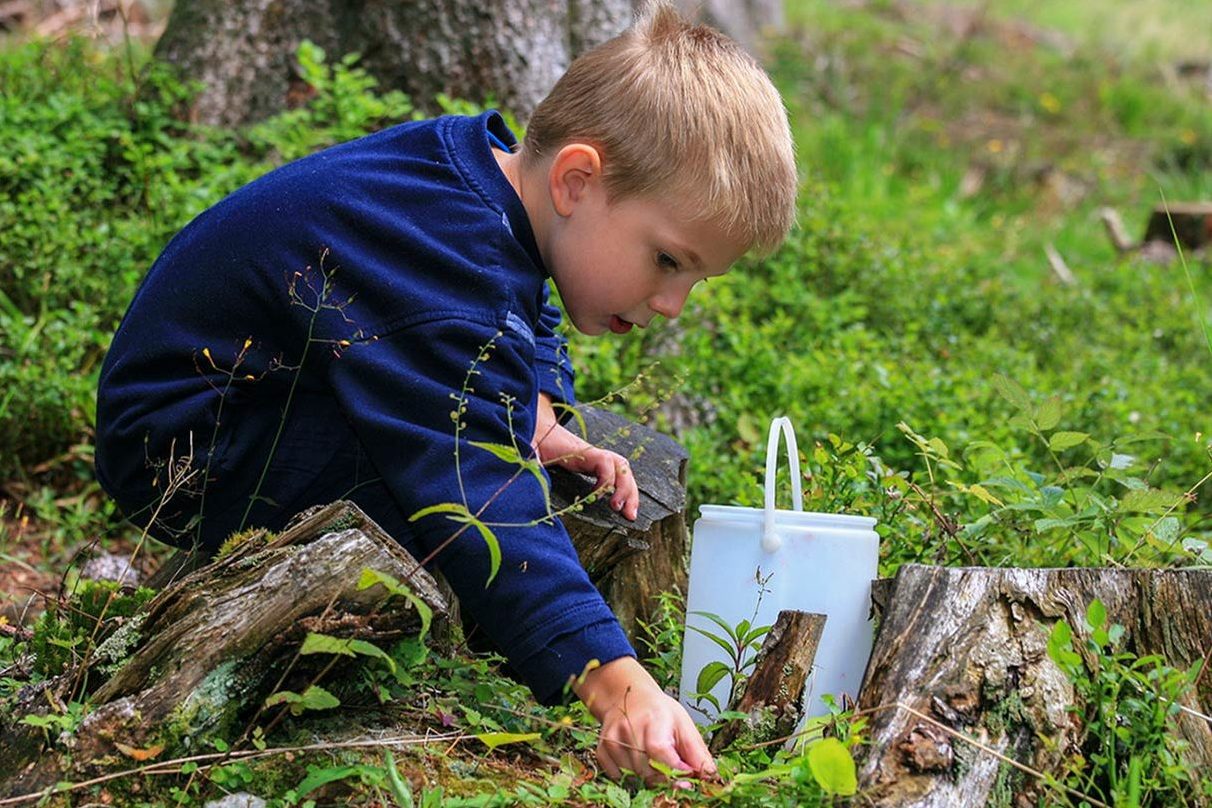
Nature Hunting
Age Group: 2 – 3 years
Materials needed
- Backyard
- Buckets/containers
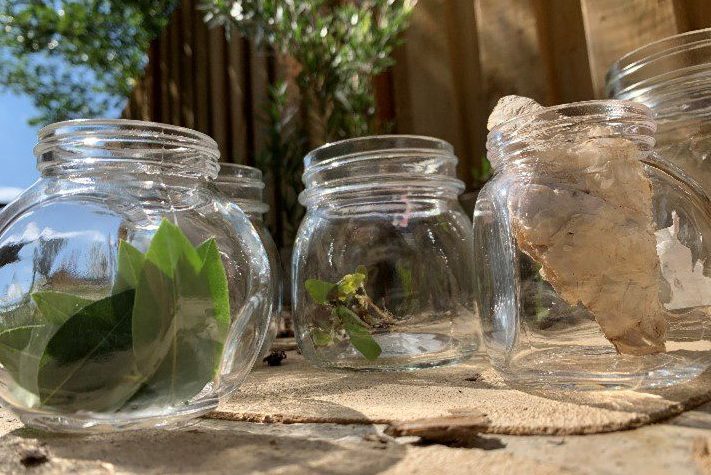
Method
- Be aware of your backyard environment, the small pieces and choking risks, the plants in your garden
- Go outside with the children and look for things to collect, such as leaves, stones, flowers etc.
- These could be brought back inside and used for collage pasting or flower pressing
Participation Questions
- What can we see in our yard?
- Look at the rose bush and compare it to the daisies; roses have thorns, daisies don’t.
- Compare colours of leaves and flowers, scents of herbs to other plants, the smell of fresh cut grass
Benefit of Nature-based Learning
- Being outside promotes children’s health and wellbeing.
- Helps them to look more closely at nature, to compare things like leaves on a tree to those on the ground.
- Different types of soil etc.
Early Years Learning Framework Links
- Children are connected with and contribute to their world – Children become socially responsible and show respect for the environment.
- Children are confident and involved learners – Children resource their own learning through connecting with people, place, technologies and natural and processed materials
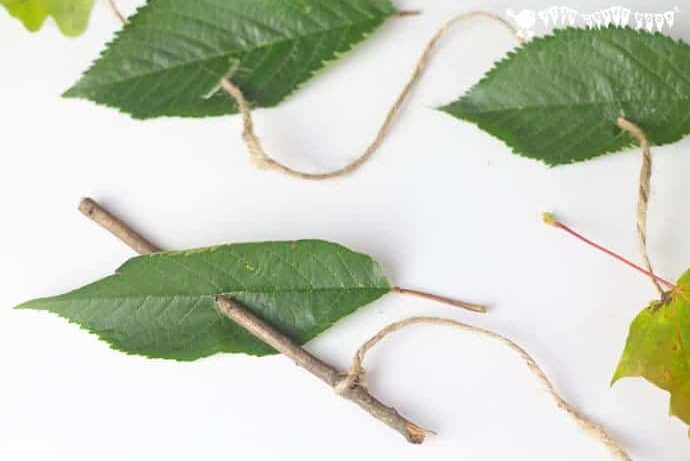
Threading with Natural Materials
Age Group: 3 years +
Materials needed
- String
- Natural Material (Twigs, leaves, flowers)
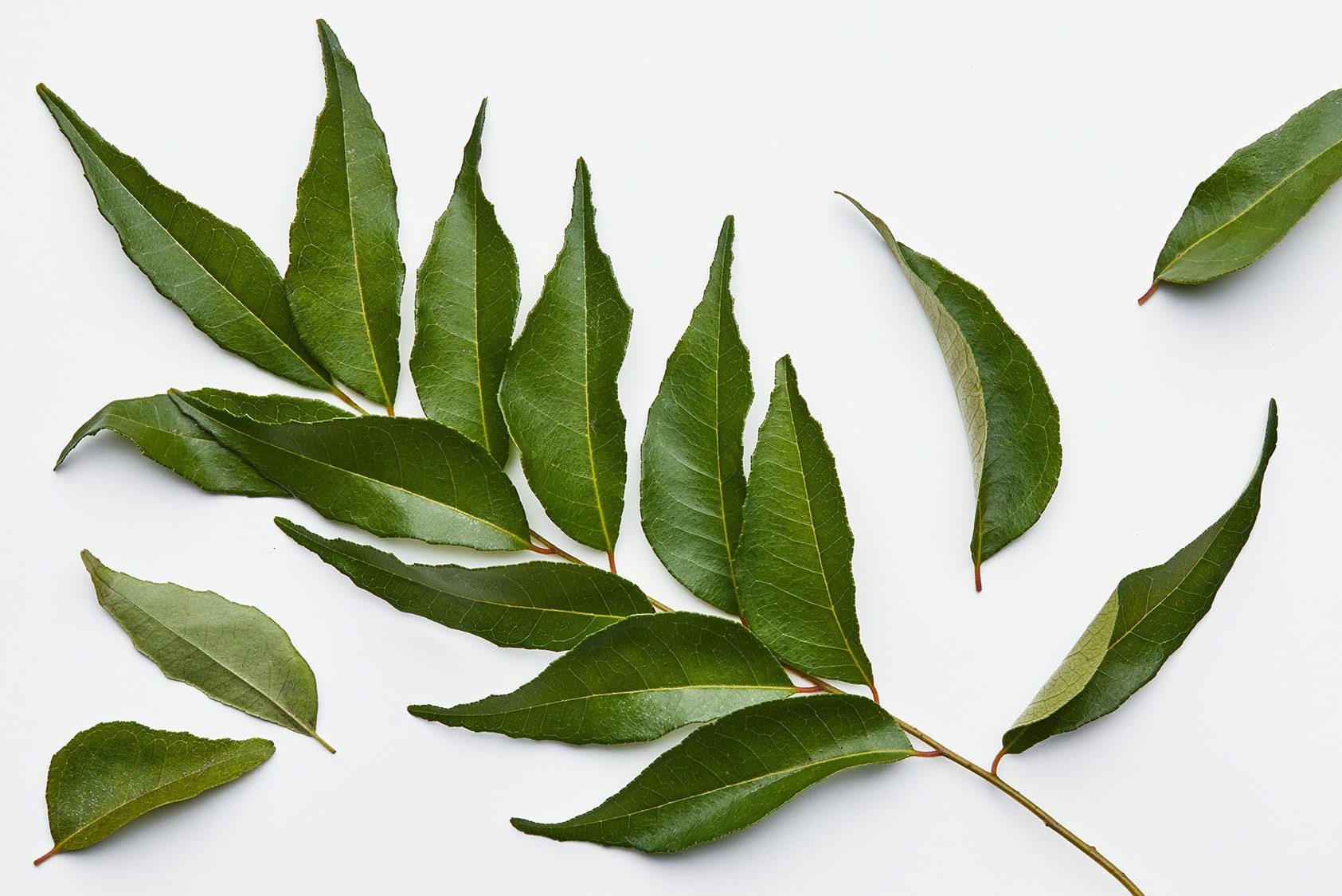
Method
- Go out into the garden and collect natural materials.
- Layout the items on the table
- Cut sting to length and tie it to the end of a stick
- Begin to thread natural materials onto the string, using the twig as a needle.
Participation Questions
- Tell me about the items you have chosen to thread?
- What shape is _____________?
- How does _____________ feel?
Benefit of Nature-based Learning
This experience will;
- Increase concentration span
- Improve hand manipulation skills
- Prepare children for mathematic concepts such as measurement, counting, patterns and length.
Early Years Learning Framework Links
- Children are connected with and contribute to their world.
- Children are confident and involved learners.
